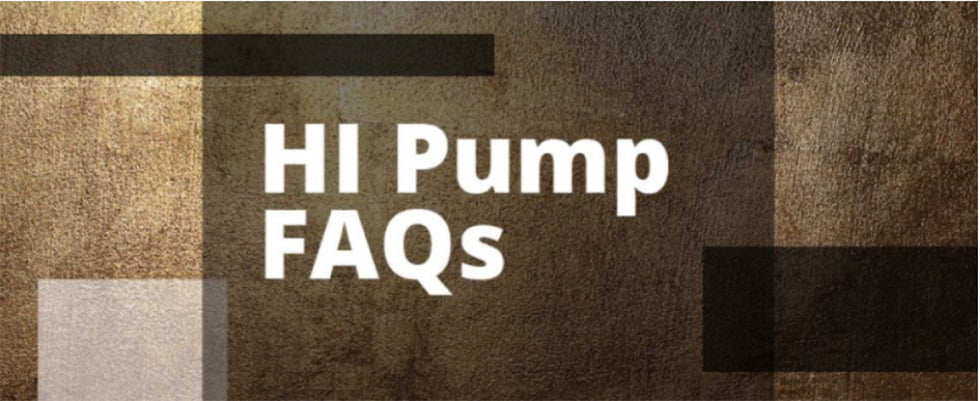
How do modifications to seal faces improve their operation?
The most common seal face pattern is a plain flat surface designed to operate with minimal friction. However, various treatments can be done to seal faces to meet specific application needs. In general, seal face treatments are a means of modifying the pressure distribution between the seal faces. Images 1 and 2 show two more common face treatments that include spiral grooves and hydropads.
.jpg)
IMAGE 2: Hydropads
The most common objective of face treatments is to increase the opening force and thereby reduce the force of the mechanical contact. It can be useful when friction must be reduced to prevent vaporization of the fluid film or in applications involving a combination of high pressure and low viscosity of fluid.
Face treatments increase the opening force by hydrostatic or hydrodynamic methods. Hydrostatic forces do not depend on the rotational speed, whereas hydrodynamic forces vary with the rotational speed and viscosity of the fluid.
The simplest face treatment is a plain face that is angled. This design produces forces that are primarily hydrostatic. An example is a face subject to pressure at the outer diameter that is lapped so it touches the mating ring at the inside diameter. This means that the leakage path is converging. Care must be taken in determining the optimum angle, as too little taper will reduce the lubrication to the faces causing them to run hot. Too much taper will cause face separation with high leakage.
Several face patterns produce hydrodynamic opening forces. Hydropads (Image 2) are recesses that are machined into one face and develop hydrodynamic forces in the sealing gap. The size, quantity and location of the hydropads can be used to optimize the lubrication state for applications involving high pressure and speed or liquids with poor lubricating qualities—i.e., liquids with low viscosity. Other face treatments that generate hydrodynamic forces are spiral grooves (Image 1), wavy faces and laser-structured faces. The main difference between hydropads and the other types is the depth of the groove. Spiral grooves are typically used for noncontacting operation.
For more information on the design and application of mechanical seals in pumping applications, refer to “Mechanical Seals For Pumps: Application Guidelines” at pumps.org.
Read more HI Pump FAQs here.

